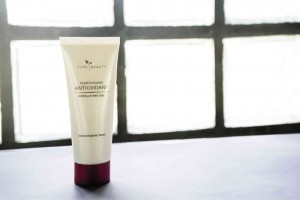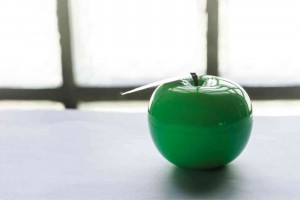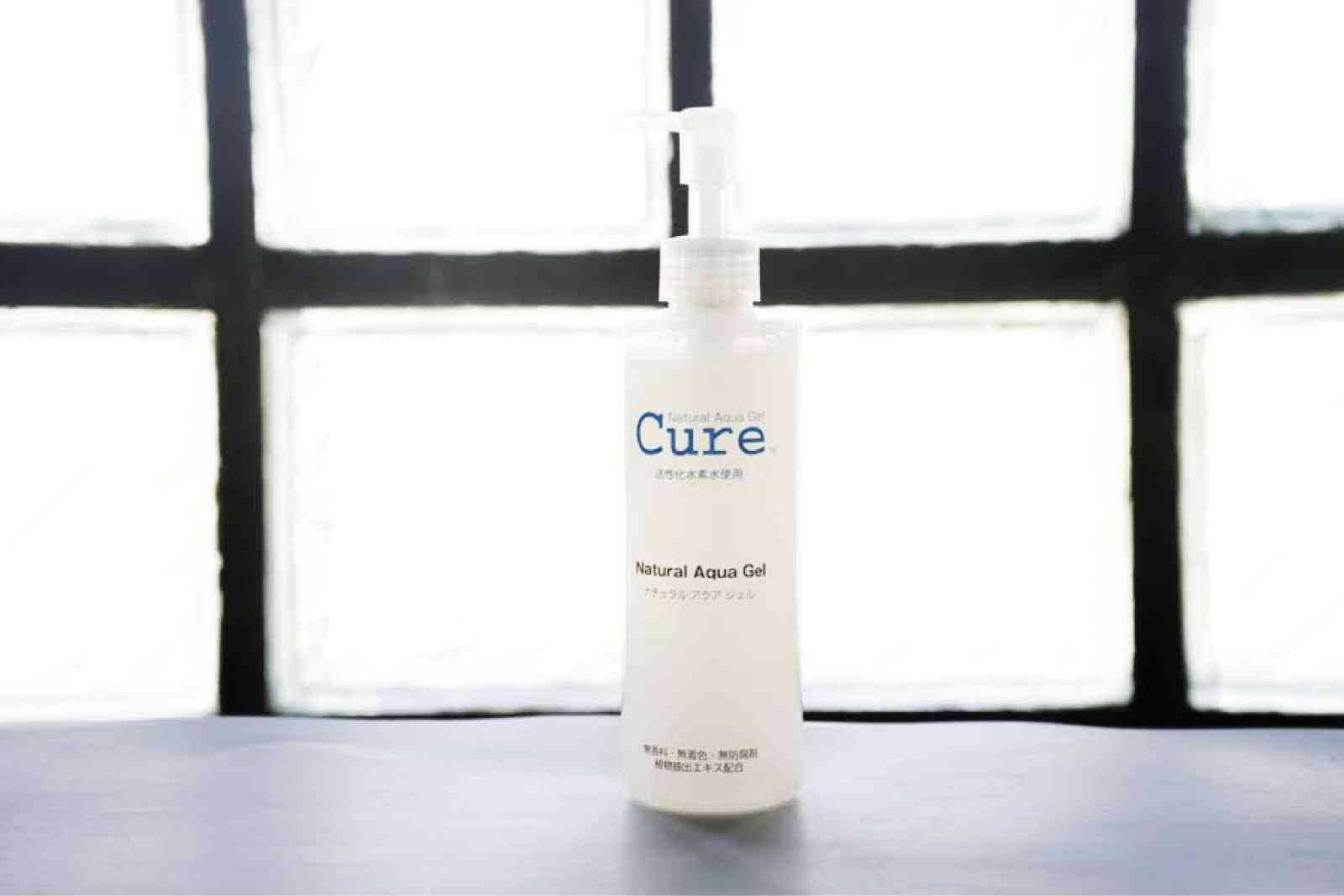
Exfoliation, along with face masks, is part of the beauty routine that most Filipino women try to fit into their schedules if they have the time, unlike their Korean or Japanese counterparts who do it religiously.
However, with the right products, you can incorporate exfoliation into your daily ritual without even noticing that you’re taking an extra step.
There are two types of exfoliators to be familiar with. The first are mechanical or physical exfoliators, which are more common because they usually come in the form of scrubs.
You can actually make your own by using oils like coconut or almond and mixing it with brown granulated sugar.
Another alternative would be to use something gentle, like a konjac sponge, which can be found in Beauty Bar, or a muslin cloth.
While konjac sponges can be replaced every month, muslin cloths must be thrown into the laundry after every use.
What I wouldn’t recommend in terms of manual exfoliation is the Clarisonic since it has been found to create microtears on your skin.

Also, avoid using scrubs with plastic microbeads because they can mix into the sea and disrupt the ecosystem.
Chemical
The next category would be chemical exfoliators. These may sound intimidating, but your facial wash or favorite facial mask could serve as chemical exfoliators if they contain glycolic, lactic, or salicylic acid.
I like to use an exfoliating facial pad in place of a toner, like Philosophy The Microdelivery Triple-Acid Brightening Peel, which are presoaked pads containing mandelic, phytic and azelaic acids.
There are also exfoliating gels you can use that gently ball your dead skin cells together, so you can rinse them off. For this, I would recommend Cure Aqua Gel, which has a huge cult following in Japan with one bottle sold every 12 seconds, and is also the exfoliator of choice of model Georgia May Jagger.
Similar products include Tony Moly Appletox Peeling Cream, which contains AHA, green apple extract, and papaya extract, which work to remove dead skin gently.
Pure Beauty Pomegranate Antioxidant Exfoliating Gel with Japanese Elm Root Extract is slightly more aggressive, but not irritating, though you may want to do a patch test on your skin first.
As to how often you should be exfoliating, the jury is out. New York-based celebrity dermatologist Patricia Wexler recommends doing physical exfoliation every day.

on your face in a circularmotion and wash off with lukewarm
water. Available in all Tony Moly outlets nationwide.
Dr. Jody Levine, in an interview with Nylon, also advocates daily exfoliation, but with a caveat: “At home, daily chemical exfoliation with a gentle exfoliating acid is appropriate but mechanical exfoliation with scrubs should be performed one to two times weekly. A stronger in-office treatment can be performed monthly.”
She also offers a pro tip with regard to the best time of day to exfoliate: “As skin renews itself when you sleep, I recommend exfoliating in the morning to help slough away dead skin cells that accumulated overnight.”
Afterward, it’s important to moisturize all over again, since exfoliation strips the skin of its natural sebum; and when this happens, your skin could ramp up the oil production to compensate, leading to clogged pores.
Ultimately, you should base your routine on your skin’s reaction to different ingredients. And of course, always consult your dermatologist.









































